
Greetings Friends,
This monthly newsletter (No. 54) includes: works halted and a party, broken nature laws and mammals, migratory shorebirds, quiz, plants and wildlife.
1.0 Looking after country
Lee Point clearing works halted over cultural objects – The Northern Territory Civil and Administrative Tribunal (NTCAT) ruled that land clearing at Binybara/Lee Point in Darwin must stop until a major legal challenge from Larrakia – Danggalaba Traditional Owner Tibby Quall is heard –read more.
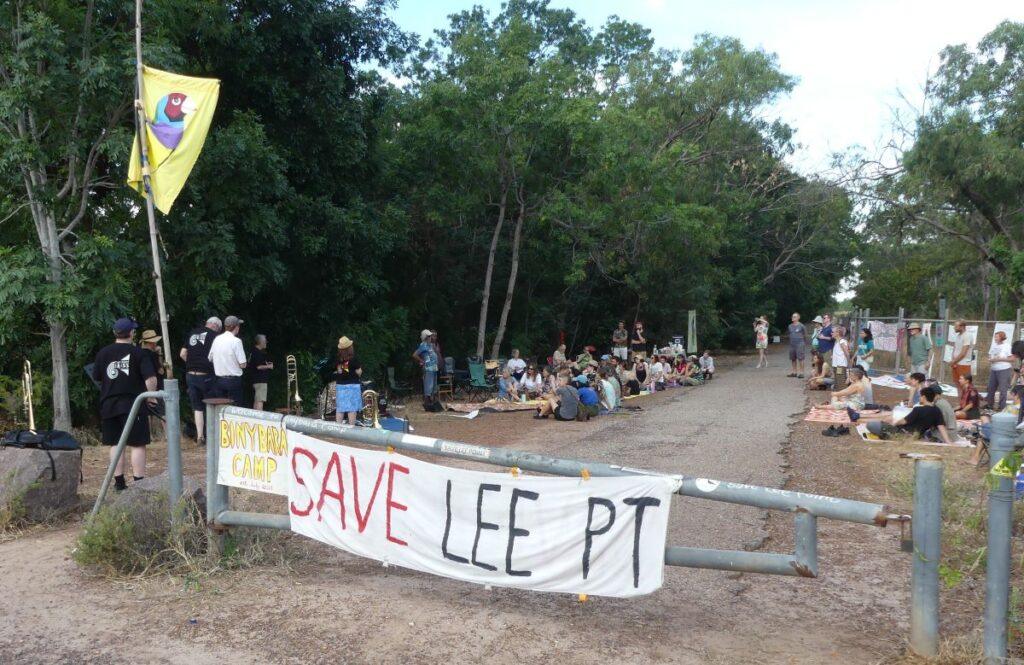
Fig 1. Traditional Owner Tibby Quall speaking to crowd at Lee Point/Binybara, 22 June.
Lee Point/Binybara Street Party – 4pm Sunday 22 June
Having the clearing works halted was wonderful news and a great relief to many people. A time to celebrate.
The street party included a painting workshop, wilderness walk, singing with the band and playing cricket. Many thanks to ECNT and volunteers for putting on a tasty BBQ.
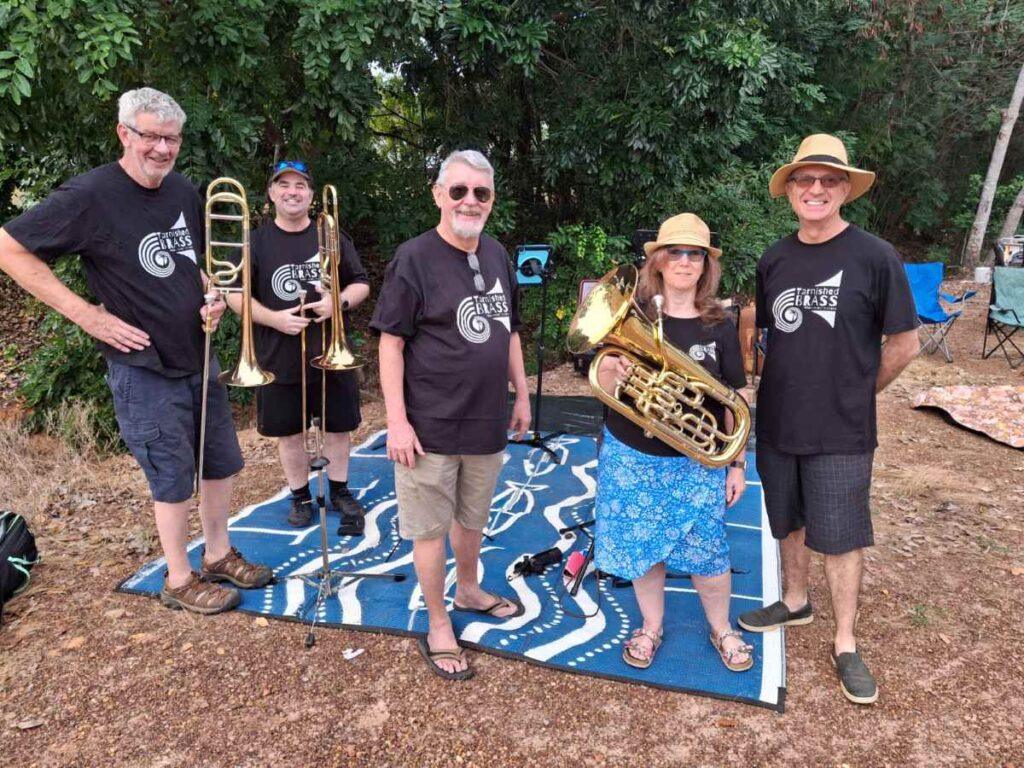
Fig 2. The band, Tarnished Brass were very entertaining.
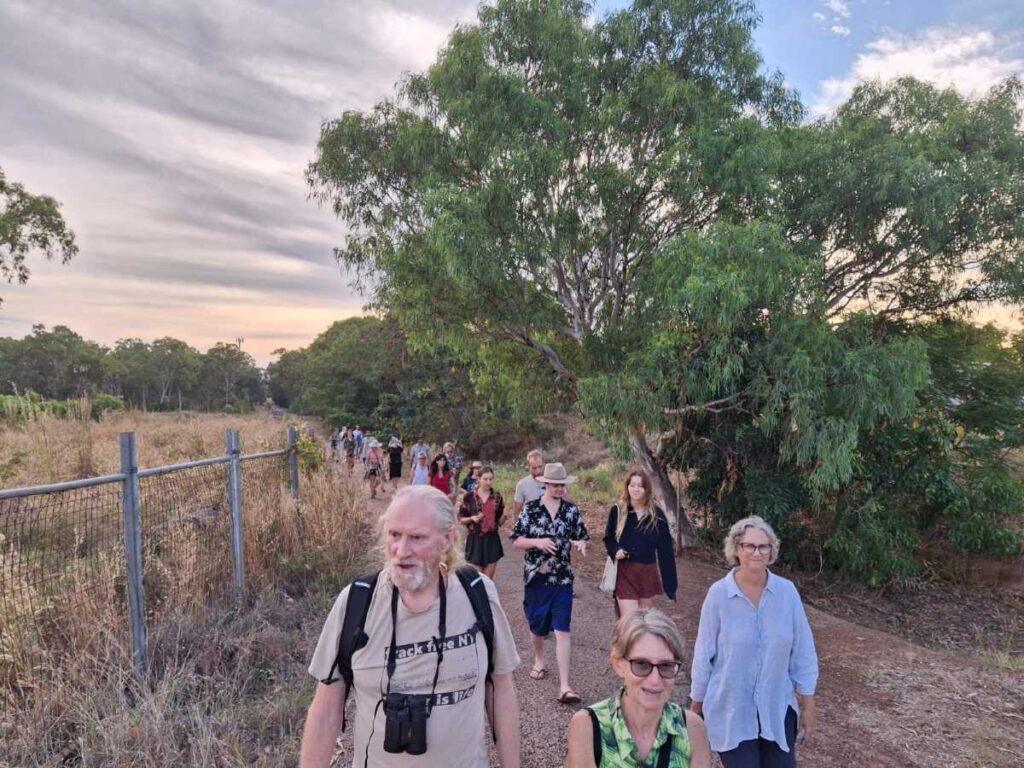
Fig 3. Wilderness Walk around the dam.
Reducing risk of fire damage near Binybara Camp
Many thanks to the tree-raker people at the Binybara Street Party who raked vegetation away from old-growth trees to reduce the risk of fire damage. The endangered Black-footed Tree-rat has been photographed in this high-quality habitat area.
Defence Housing Australia (DHA) needs to build elsewhere
To date, the ($400M) Lee Point DHA defence and community housing project has produced high-cost lots and no affordable housing. In addition to being an unproductive use of taxpayer money, it is having a significant negative impact on natural and cultural heritage at Lee Point.
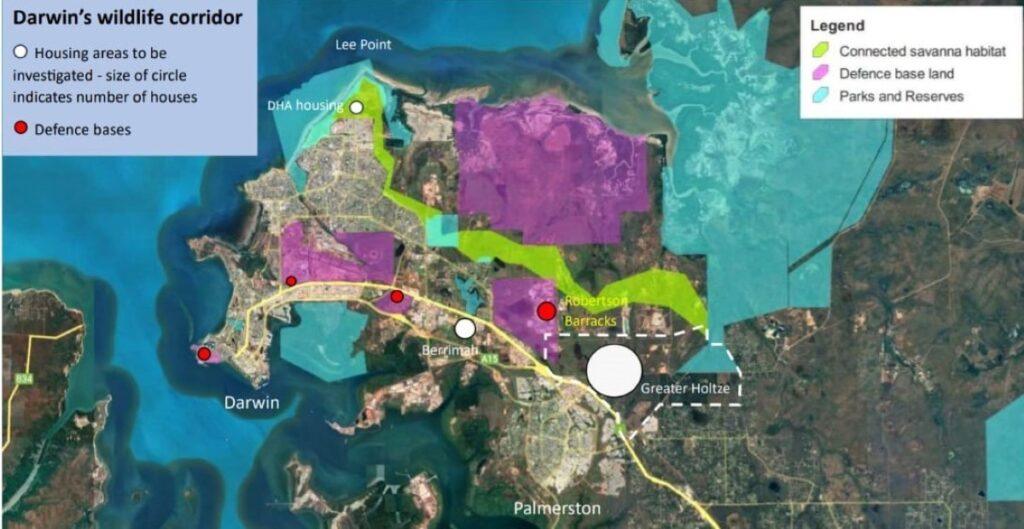
Fig 4. Map of some potential housing sites.
Relocating and rescoping the Lee Point defence housing project highlights the problems with the Lee Point site.
2.0 Broken nature laws and severe mammal decline
Broken nature laws
Australia is the world leader in mammal extinctions and our broken nature laws are a big part of the problem.
An example of a “broken nature law” is the environmental offset at Lee Point.
Most of the endangered Black-footed tree-rat (BFTR) habitat on the DHA Lee Point site is being cleared. The majority of the fragment that is being left is not quality BFTR habitat and not well-connected to larger BFTR quality habitat. This fragment is called an environmental offset.
This practice does not provide a functional offset and has little or no value for the survival of the endangered species. Our broken nature laws and implementation of laws (and policies) are allowing this to happen.
“Everyone agrees that our current (environment) laws are broken.” Senator Murray Watts, Minister for Environment and Water, June 2025. Consultation on reforming these broken nature laws restarted this month.
Please sign this PETITION or send an email to government – refer Government Contacts
Top End mammal decline
Many species, particularly mammals, that were once common and widespread, have disappeared from much of the Top End. Even well-protected areas like Kakadu National Park are experiencing a severe decline. It is a region in trouble and has an uncertain future, refer The State and Future of the Territory’s savannas, June 2025.
Some of the most biodiverse habitat left for native mammals in the Top End occur in the fringes of Darwin. Lee Point was one of the sites identified as being an important refuge for endangered species Ref ABC article – Aug 2023.
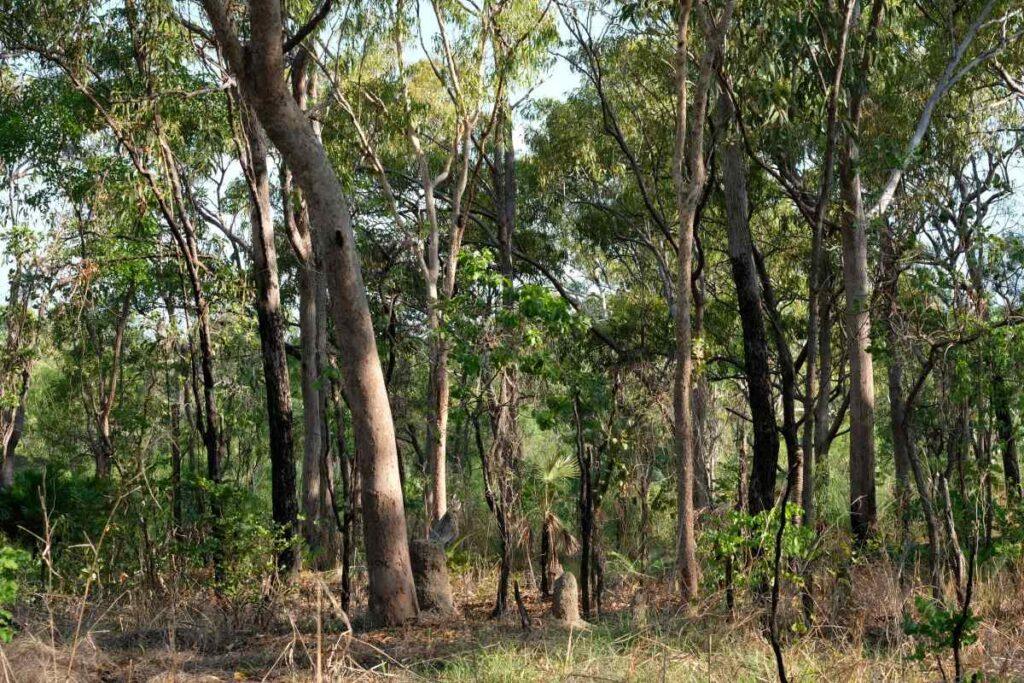
Fig 5. High quality savanna habitat at Lee Point.
High quality habitat supports the highest density of the old-growth trees in Greater Darwin.
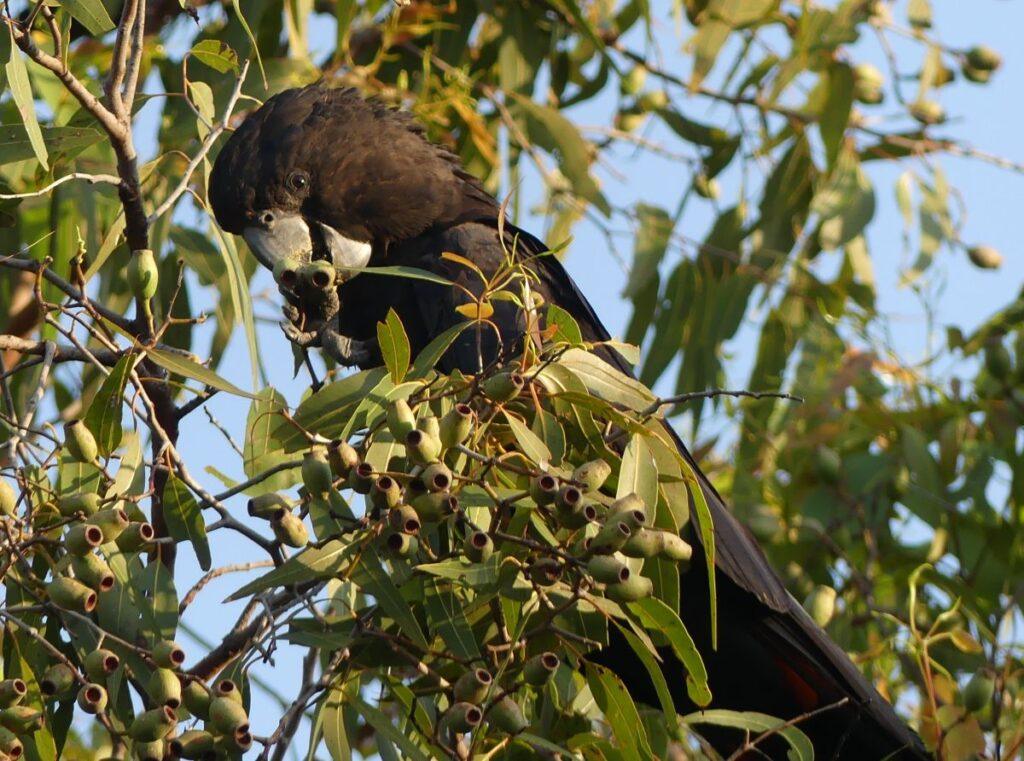
Fig 6. Red-tailed Black Cockatoos rely on hollows in old-growth trees to breed – Lee Point June 2025.
Quality habitats that are connected to the Darwin rural area are becoming more valuable for wildlife. Protecting these quality habits and connecting corridors i.e. Darwin Wildlife Corridor needs to be a much higher priority.
3.0 Migratory shorebirds
Flying huge distances to the northern hemisphere e.g. Siberia over seas you cannot take-off from is risky.
Typically, only migratory shorebirds that are in good condition will attempt the migration. Being too young (for breeding), insufficient fat reserves (fuel) and flight feathers not ready are reasons for not migrating north to breed.
Each year a significant proportion of migratory shorebirds stay behind in Australia. Generally they head north from Lee Point in March/April. The birds in the photo below have chosen not to migrate this year – most of them would be endangered Great Knots.
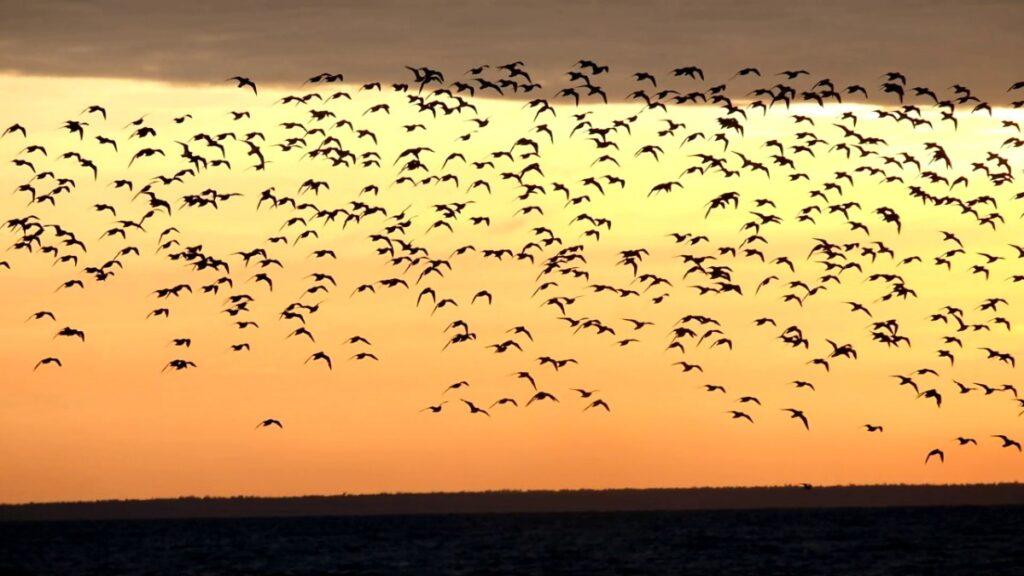
Fig 7. Knots flying at Lee Point – late June 2025, see video clip.
Thousands of threatened migratory shorebirds (such as knots) visit Lee Point every year. Some stay and end up sharing the beach habitat with resident shorebirds such as plovers.
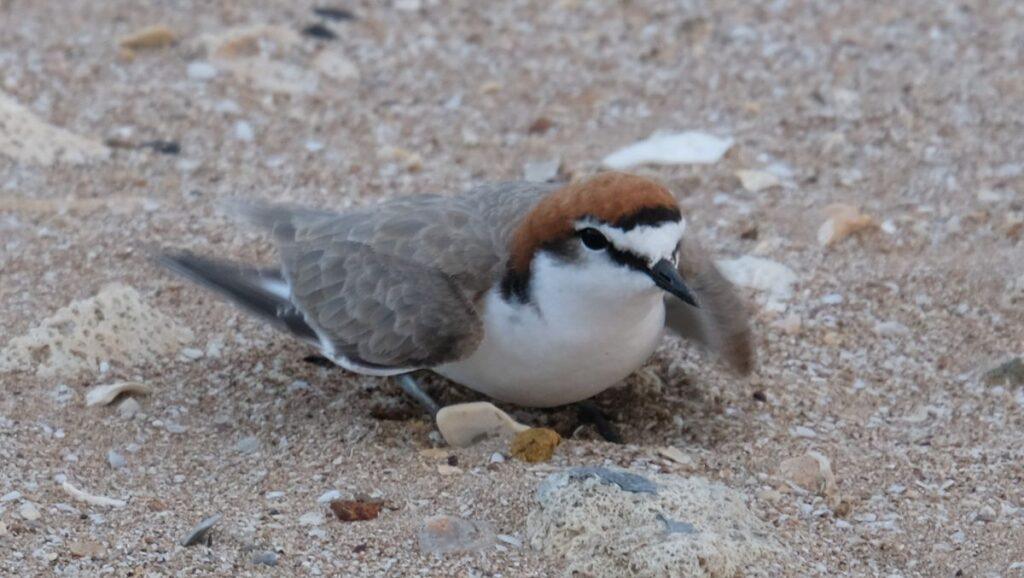
Fig 8. Red-capped Plover sitting on eggs at Lee Point beach, late June 2025.
Plovers nest on the ground and will act injured to draw you away from their nest – its best to follow them. Their camouflaged eggs are not easy to see.
4.0 Quiz
Q1. The Black-necked Stork (formerly called a Jabiru) is Australia’s only stork.
It can be seen on Lee Point beaches, sometimes helping itself to live bait not wanted by fishermen using cast nets.
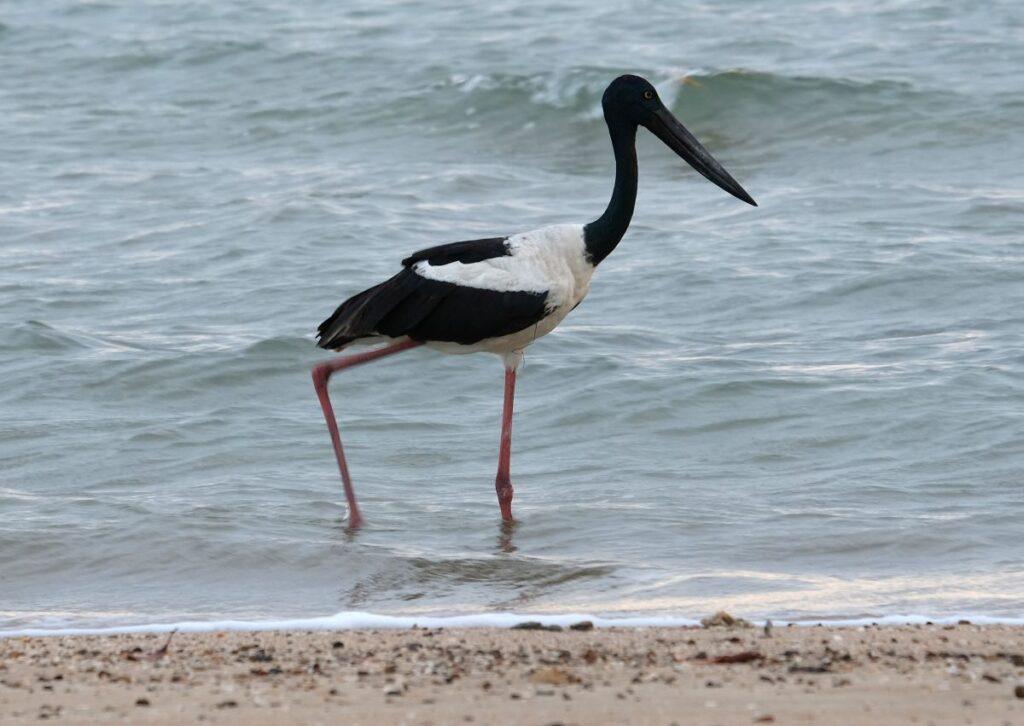
Fig 9. Black-necked Stork at Lee Point, late June – see video clip
Q1. Why was Black-necked Stork in Australia originally called a Jabiru? Answers at the end.
5.0 Plants and Wildlife
The dry season brings flowering plants.
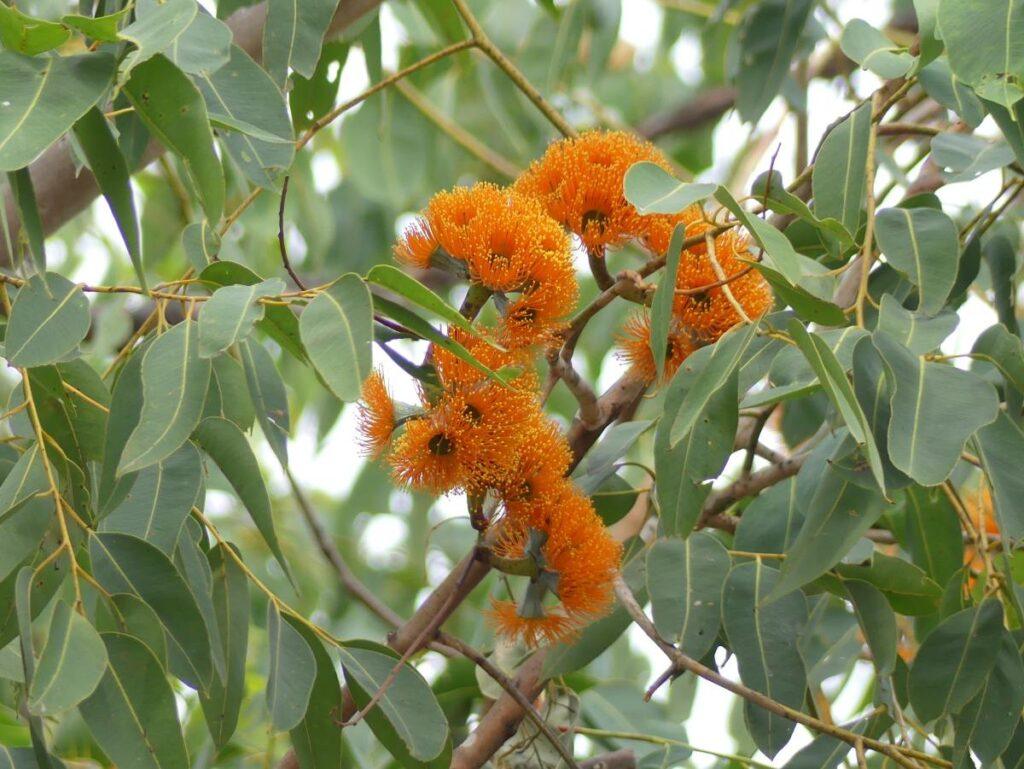
Fig 10. Darwin Woollybutt (Eucalyptus miniata)
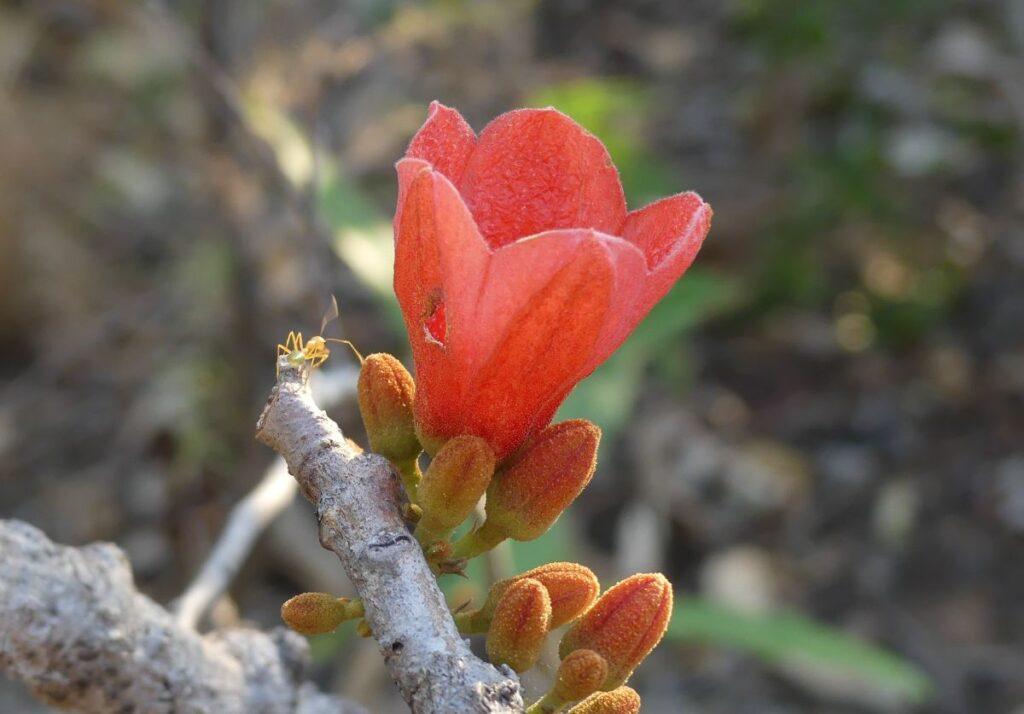
Fig 11. Red-flowering Kurrajong (Brachychiton megaphyllus)
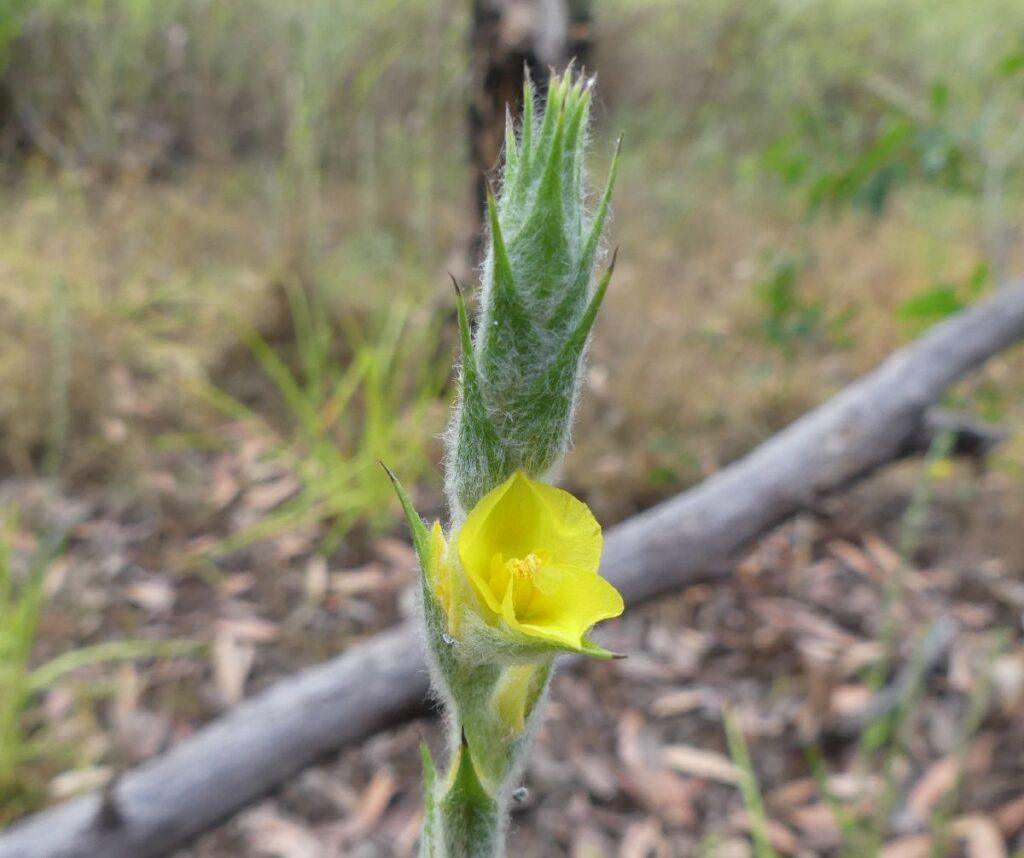
Fig 12. Woolly Frogmouth (Philydrum spp)
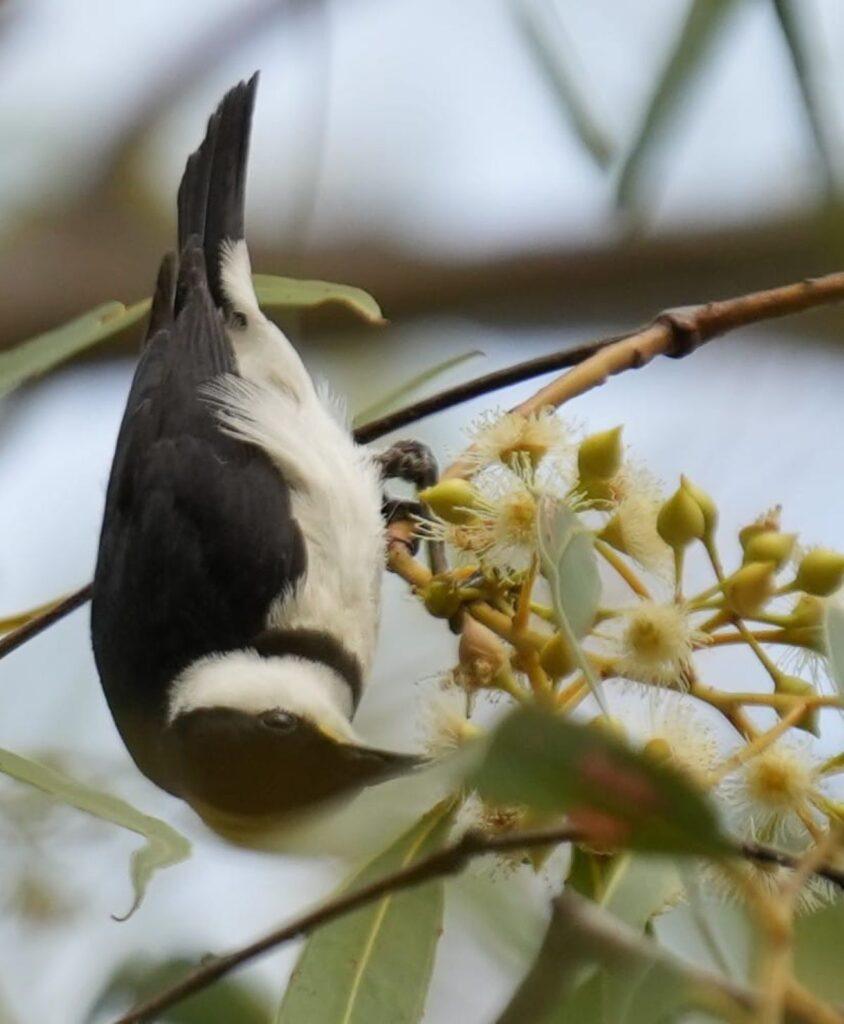
Fig 13. Banded Honeyeater (an irregular visitor to Darwin) – photo Sam Duffy
Wilderness Walks
Wilderness Walks record between 25 to 50 bird species(depends on time of year), refer ebird for latest sightings. Please check Friends of Lee Point Facebook for times.
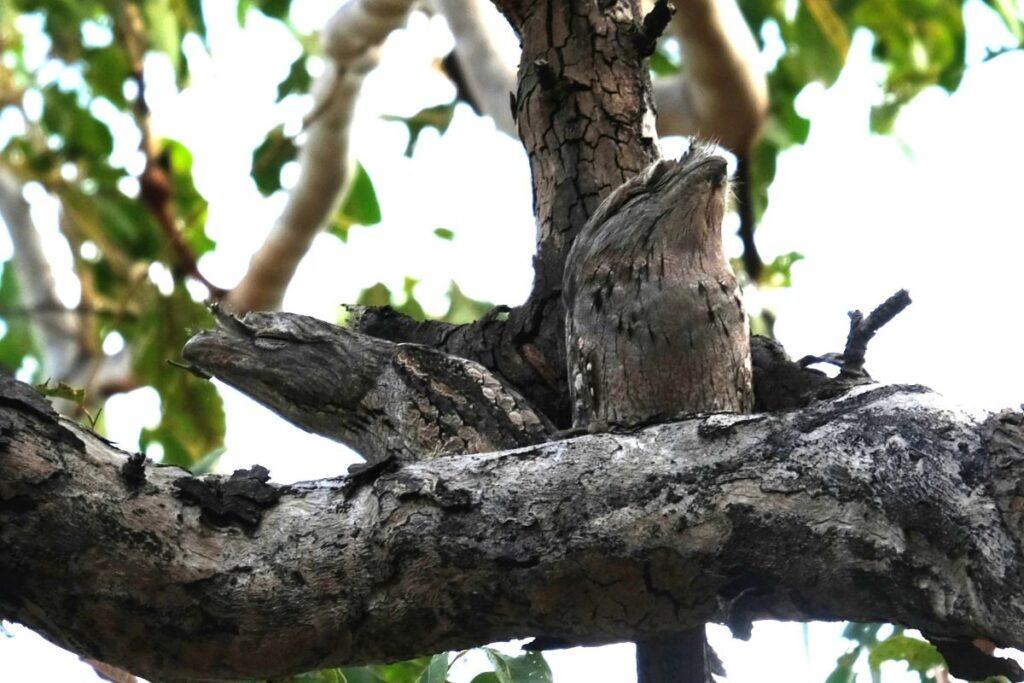
Fig 14. Tawny Frogmouths from a wilderness walk.
Enjoy the dry season
Answers to Quiz
Answer Q1 – Because it was similar looking to the Jabiru Stork in South America.
The Black-necked Stork wades in water bodies foraging for fish, crustaceans and amphibians. It has a wingspan of up to 2.3m (over 7 foot).
Globally, the Black-necked Stork is listed as near threatened.